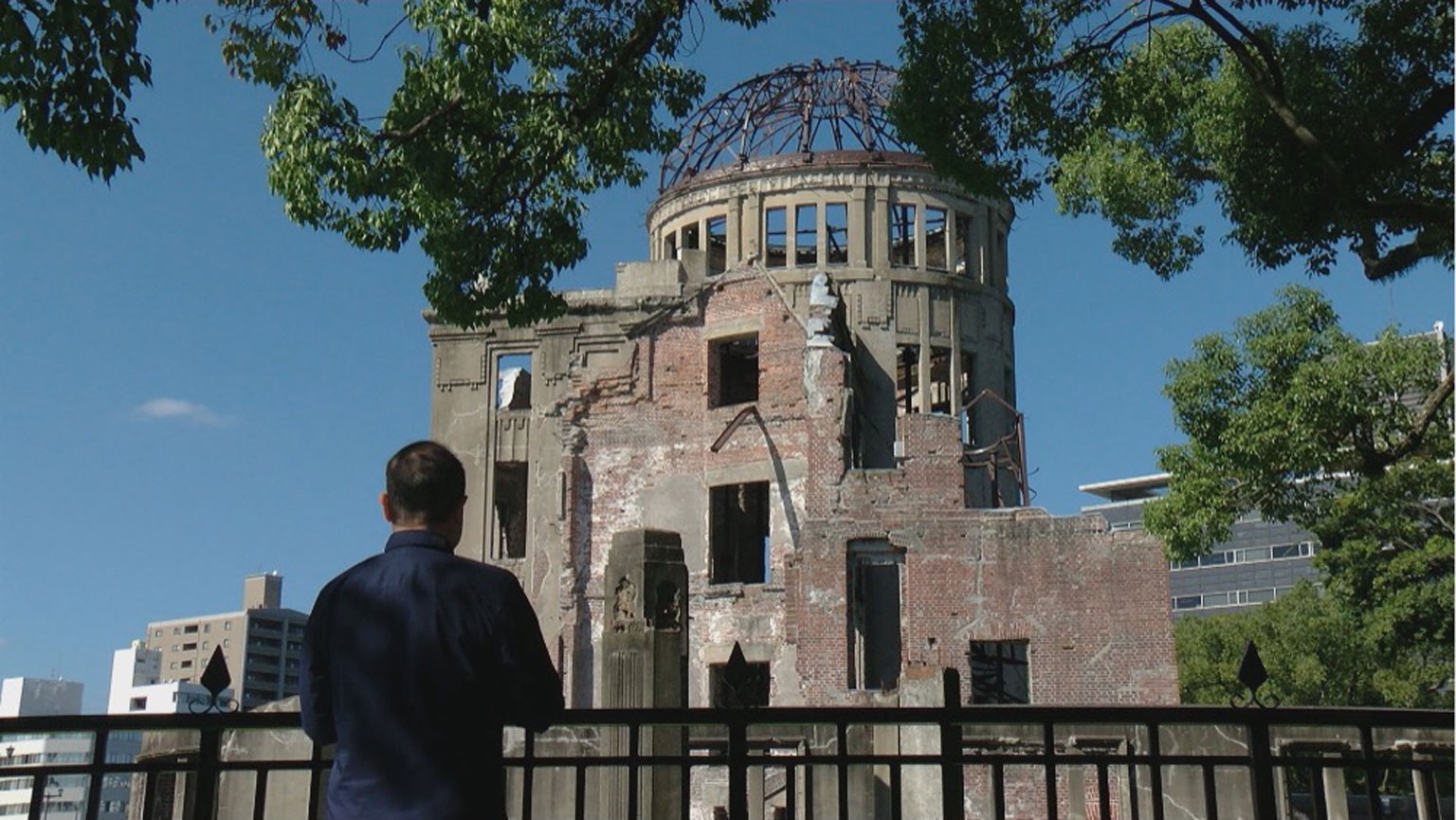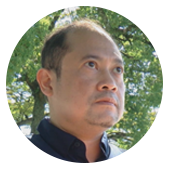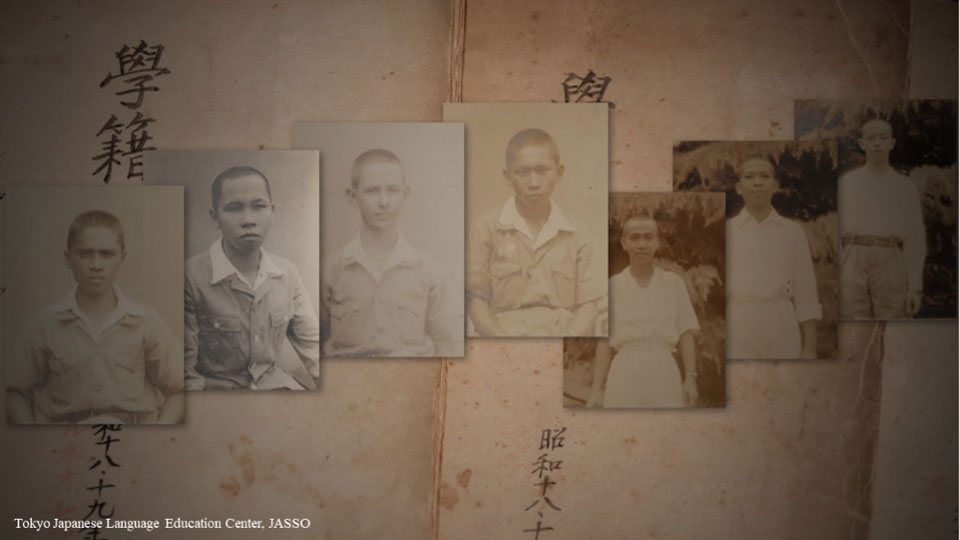
During the Second World War, the Japanese government selected young people from the Southeast Asian territories under its control to train in Japan as future leaders in their respective regions. They called them Special Foreign Students. More than 200 came to Japan over two years starting in 1943.
Nine were studying in Hiroshima in 1945. Eight were staying right in the heart of the city when the bomb was dropped on August 6. Hasan Rahaya from Indonesia was one of them.
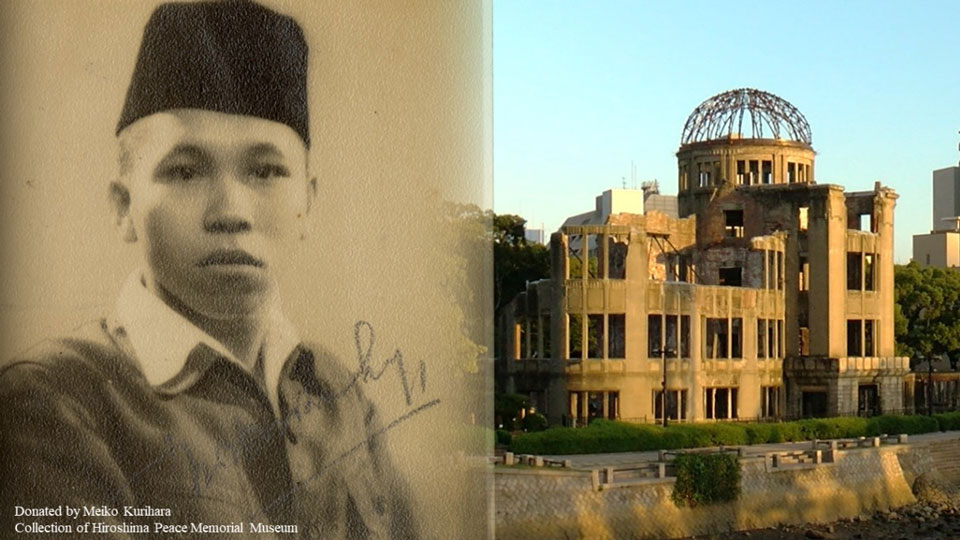
Hasan was sent to study at a university in Hiroshima in 1944 and lived in a dormitory near the city center.
When the bomb detonated, he was in a school building about 1,500 meters from the hypocenter. Worried about his classmates, he rushed back to help as many as he could. Soon afterwards the city was engulfed in flames.
According to Hasan's daughter Deden Rochmawaty and son Ferdy Hasan, their father often spoke about his experience of the bombing and its aftermath.
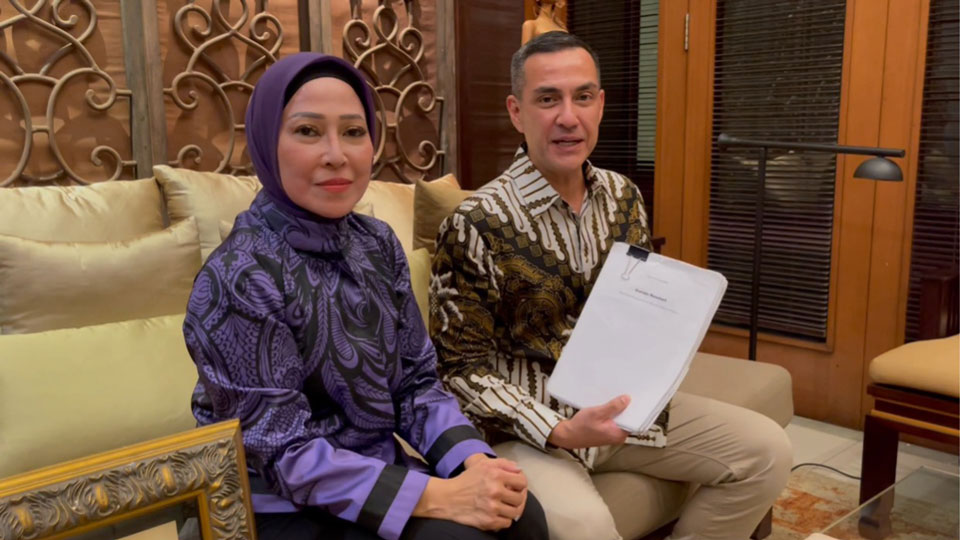
Deden says his father and other survivors from the dormitory jumped into a nearby river to get relief from the heat of the flames. When the fires died down, they began to look for survivors in need of help. One of those they encountered was a Japanese girl looking for her father.
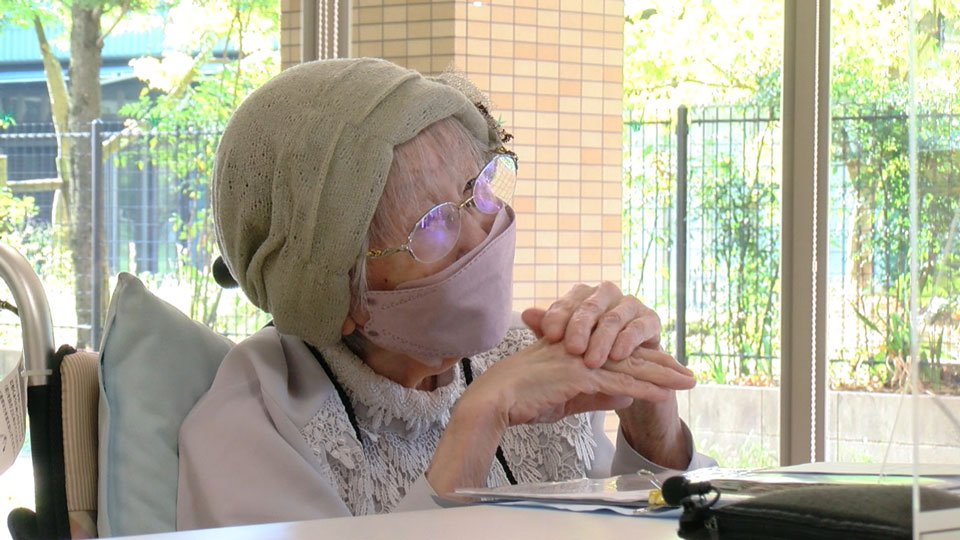
Kurihara Meiko says that before the bombing, she was wary of foreigners given that it was wartime. But in the chaos that followed the bombing, Kurihara was searching for her father, a doctor who worked at a hospital near the city center, when she met the Southeast Asian students.
"They were all very kind to me," Kurihara says. "I asked them if they resented being put in such a horrible situation through no fault of their own and they simply said we are all human and must help one another."
They spent a few nights sleeping on the ground in front of the university building, feeling stress, sadness and confusion all at the same time. To get through, they entertained themselves by singing any songs they knew.
"Nearby, bodies were piled up and being burned. They gave off a strange smell, like burning fish," Kurihara said in a video call with Hasan's children. "It was horrible, but we tried to forget about our circumstances and keep our spirits up. I'm so thankful for the students. They were a source of encouragement."
Trying to get home
Soon after the bombing, the Southeast Asian students took a train back to Tokyo with the aim of returning to their home countries. On the way, one of them felt sick and could not continue the journey. His name was Syed Omar, from Malaysia. He got off the train in Kyoto and was hospitalized there.
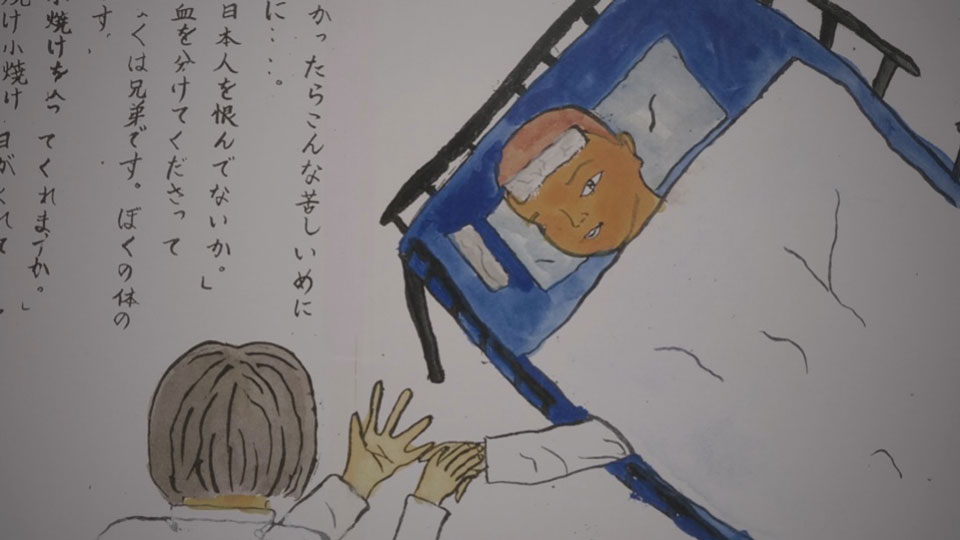
The doctors who looked after Syed Omar did not understand his ailment, which was caused by the radiation of the atomic bomb. Not knowing how else to proceed, they gave him a blood transfusion. One of the blood donors was a doctor treating the ailing student. The doctor felt sorry for his patient, as he had been told to come all the way to Japan only to experience such a horrible fate.
Less than a month after the bombing, Syed Omar passed away in Kyoto.
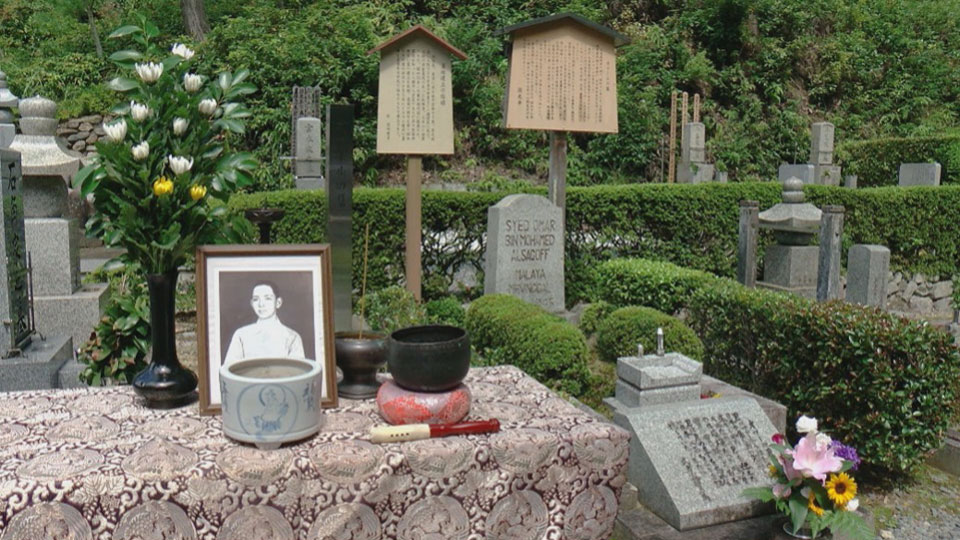
Local residents, as well as some from Hiroshima, gather at the Kyoto temple that hosts Syed Omar's grave for an annual prayer ceremony in his memory. And local schools now teach pupils his story.
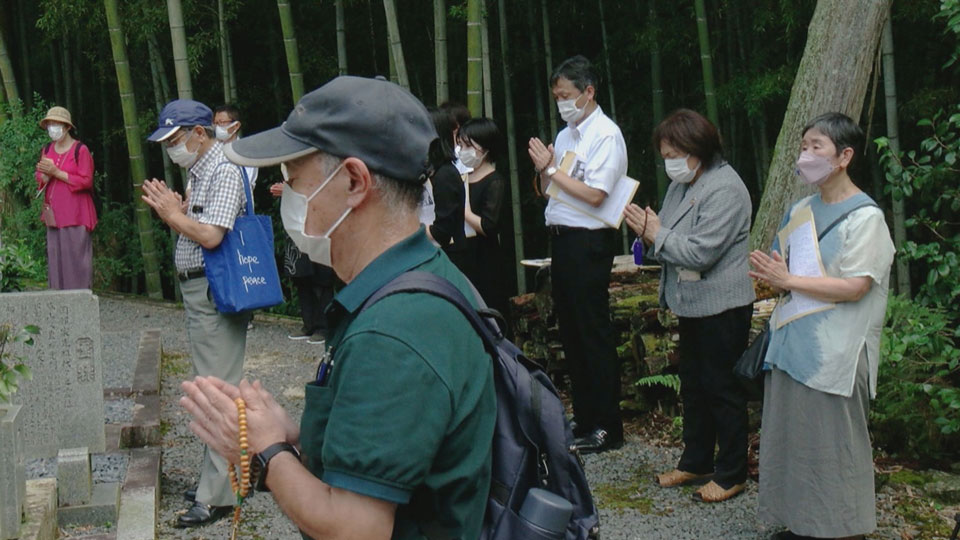
A positive legacy
Hasan Rahaya became a successful entrepreneur after the war, and a member of parliament. He went on to establish a university in Jakarta dedicated to fostering Indonesia-Japan relations. He passed away in 2014.
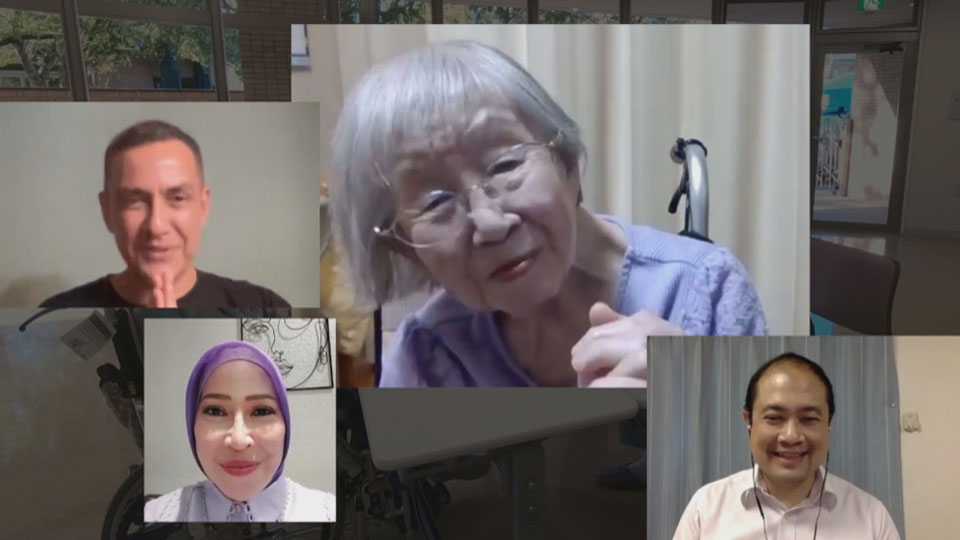
Hasan's story, and that of Syed Omar, is one of shared humanity. It is a tale of compassion that transcends nationalities, ethnicities, religious traditions, even amid great conflicts between countries. Ordinary people often take the brunt of war's brutality and yet they often put compassion first. Humanity, in other words, survives in the harshest of circumstances.
